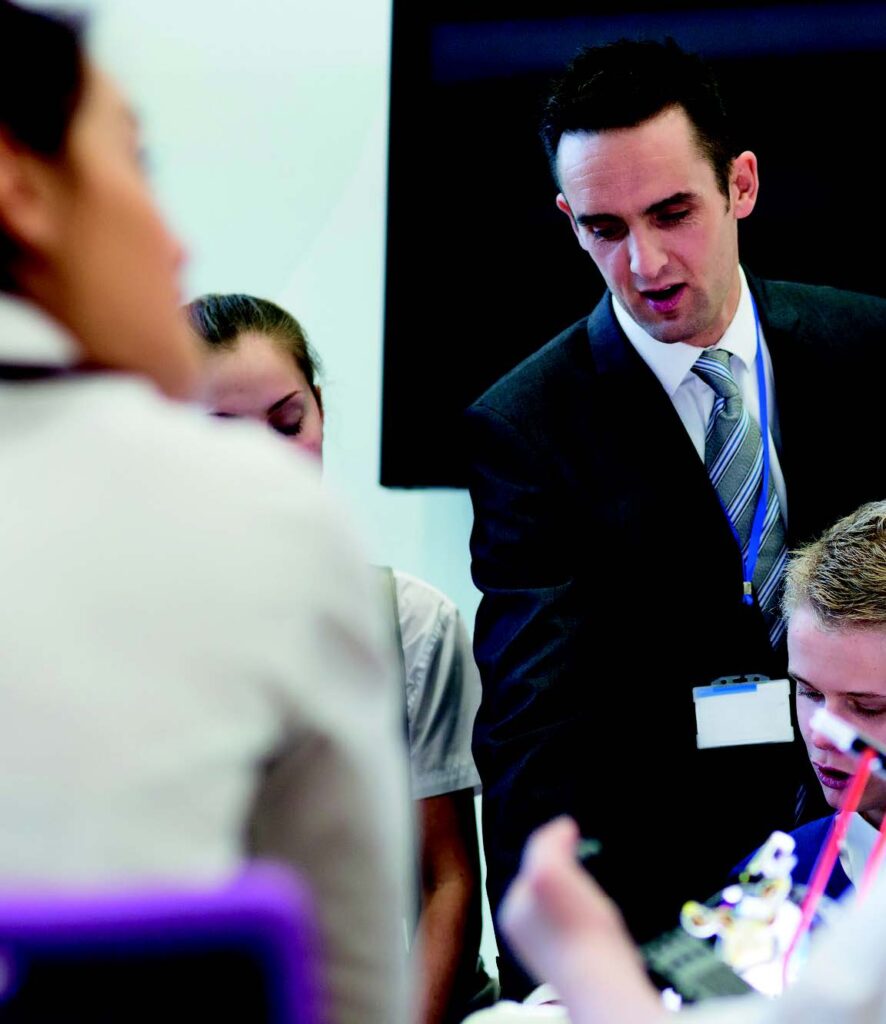
The EIS national members’ survey, carried out late last year, has confirmed that Scotland’s teachers have faced soaring levels of workload throughout the pandemic. More than 16,000 EIS members across Scotland took part in the survey, and its findings are already being used to support EIS campaigning on a wide range of issues including workload reduction, support for health and wellbeing, and improvements in pay and conditions.
The EIS national survey was a substantial piece of work, which included questions on three key areas: Covid mitigations; workload; health & wellbeing. The scale of the response from members has equipped the EIS with a substantial amount of first-hand evidence to push the case for enhanced support for teachers from local authority employers and the Scottish Government.
- 88% of teachers indicated that their workload burden has increased during the pandemic.
- 61% of teachers report that workload levels have increased “significantly” during this period.
- 80% of Secondary teachers reported significantly increased workload related to SQA qualifications.
- The vast majority of teachers (93%) work above their contracted hours each week.
- 45% of full-time teachers work more than 8 extra hours every week – equivalent to over one extra full day of work each week, over and above contractual commitments.

“Teachers are also reporting a significant amount of time dealing with pupil behaviour as many young people continue the struggle to overcome the negative impact of the pandemic on their lives.”
Teachers have continued to face a rising tide of workload throughout the pandemic, for a wide range of reasons. Clearly, changes brought about in response to the pandemic have had an impact on teacher workload with additional tasks requiring to be undertaken on a daily basis to help keep classrooms safe. The increased emphasis on digital learning – be that in the classroom or remotely from home – has created challenges for teachers, often associated with a lack of suitable equipment and resources. Teachers are also reporting a significant amount of time dealing with pupil behaviour as many young people continue the struggle to overcome the negative impact of the pandemic on their lives.
The survey also identifies a substantial increase in the workload associated with supporting pupils with Additional Support Needs. 61% of all teachers identified meeting the Additional Support Needs, including the mental health support needs, of pupils as a significant driver of workload increases over the past year – with the figure even higher (66%) within the primary sector. This is a vital area of work, but the level of demand is increasing and this is clearly placing additional strain on already hard-worked teachers.
In addition to the challenges of keeping up to date with government Covid safety protocols, which have affected all teachers, teachers in Secondary schools face additional difficulties with SQA-related workload. The challenges brought about by short-notice changes to the qualifications system have been a major driver in additional workload over the past two years for Secondary teachers. Meaningful reform of the examinations system is now required to ease the workload burden of teachers and students alike.
Read the full Workload findings at: www.eis.org.uk/Research/Workload

“Survey2021The Scottish Government and COSLA have clearly stated that we need more teachers in our classrooms to support education recovery10www”
Impact on teacher wellbeing
The impact of the current working environment on teacher health & wellbeing is a source of huge concern to the EIS and should be, also, for employers and government. Teaching is a stressful profession at the best of times, and this has been exacerbated over the past two years throughout the Covid pandemic. The EIS survey highlights a wide range of worrying findings, including:
- 70% of teachers feel stressed in their job either frequently (48%) or all of the time (22%)
- Only 11% of teachers have not needed to seek help for stress at work
- However, only 15% have sought this help via their school (12%) or local authority employer (3%)
- The vast majority of teachers seeking to manage stress have done so on their own (73%)
- Half of all teachers (50%) describe their level of wellbeing at work as ‘very poor’ (13%) or ‘poor’ (37%)
- The majority of teachers (59%) say they would not recommend teaching as a career to other people.
The Health & Wellbeing returns from our national survey of teachers make for very worrying reading. Teachers have a demanding job which, coupled with the additional strains of teaching during the pandemic, is placing severe stress on our members right across Scotland. The fact that 7 out of 10 teachers feel stressed either frequently or all of the time at work is a huge cause for concern. International research has shown that teacher wellbeing is a pre-requisite for pupil wellbeing and effective teaching and learning.
It is also evident that adequate support for teachers suffering from stress simply isn’t there, with the vast majority of teachers seeking to manage this without the support of their employer. It is also very telling that almost 60% of teachers would not currently recommend teaching as a career.
The Scottish Government and COSLA have clearly stated that we need more teachers in our classrooms to support education recovery – but this will be extremely difficult to achieve in the current climate, where teachers are over-worked, under-supported and being offered a real-terms pay cut. These survey results send a very clear message, which must be heeded by local authorities and the Scottish Government.
Read the full Health & Wellbeing findings at: www.eis.org.uk/Research/Survey2021

Covid Safety Concerns
In addition to exploring the Wellbeing and Workload impact of the pandemic, the EIS national survey also sought members’ views on wider Covid-related issues including the critical issue of mitigations to reduce the risk of Covid spread through schools. Throughout the pandemic, the EIS has raised the concerns of members via the Covid Education Recovery Group (CERG), pressing government on the need for continuing caution to make schools as safe as possible for staff and pupils.
The key Covid-related findings of the EIS survey included:
- Only 6% of teachers who responded wanted to see face coverings in secondary schools removed at that time. The majority of teachers (55%) wanted to see face coverings retained throughout winter.
- Around two-thirds of respondents (67%) said that regular Covid risk-assessments have been carried out by councils – although another 23% don’t know if risk assessments have been carried out.
- 30% did not believe that their working space is well ventilated to combat risk of Covid spread.
- A minority of respondents (32%) believed that their school has a procedure in place to raise concerns about inadequate ventilation.
- A minority of teachers (47%) felt either ‘very safe’ (12%) or ‘somewhat safe’ (35%) in schools with the Covid mitigations currently in place. 19% felt neither safe nor unsafe with current mitigations.
It is clear from this major survey that Scotland’s teachers remain concerned about many aspects of Covid safety within schools.
The emergence of new variants such as Omicron, coupled with the higher risk of illness during the Winter months, has increased the risk of Covid infection spreading through school communities. Case numbers remain high, and we have seen schools being compelled to move to online learning as a consequence of high rates of Covid illness.
Teachers continue to work flat-out, in the face of the continuing Covid pandemic, to ensure a quality learning experience for young people. It is clear, however, that the threat of Covid has not gone away and, also, that teachers remain concerned about the potential risk to pupils, staff and their families. Councils, and the Scottish Government, must listen to and act upon the concerns expressed by teachers.
Read the full Covid-related survey data at: www.eis.org.uk/Research/COVIDSurvey2021

